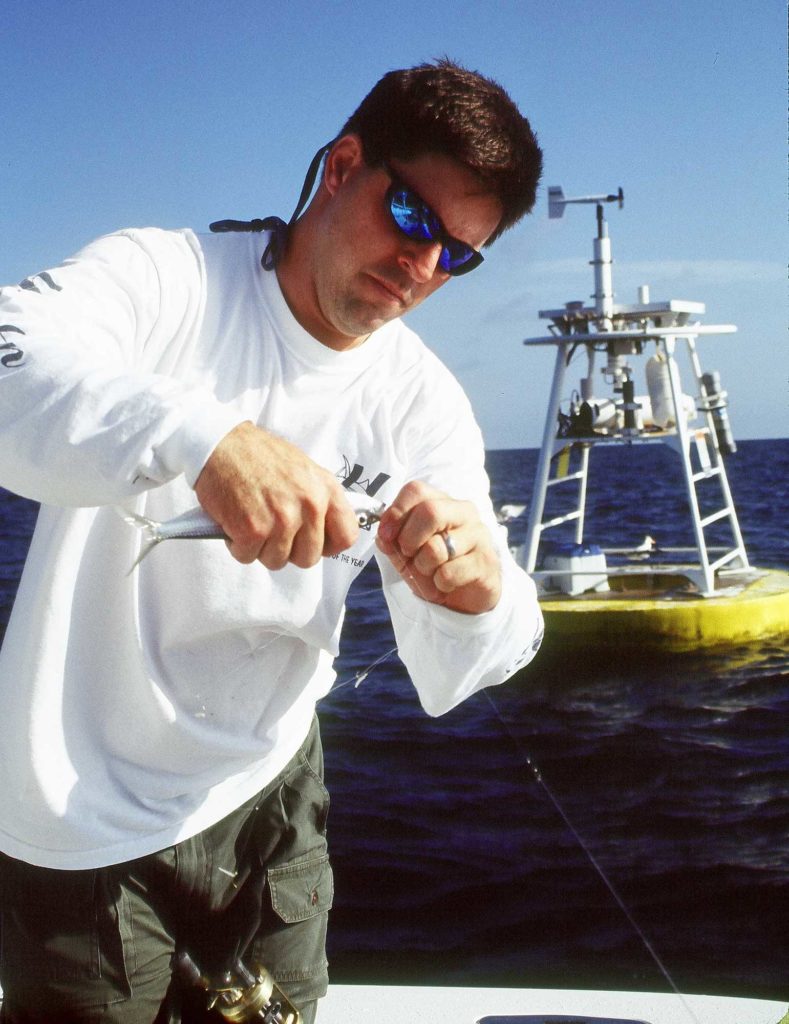
If you prefer to fish live bait instead of lures, the choice is to buy it or catch it yourself. The cost of 100 shrimp is not prohibitive, but the prospect of forking over a $100 bill for handful of goggle-eyes might stretch the budget. That’s where cast nets, sabiki rigs and fish traps come into play. Reasonably priced, this gear quickly pays off after only a few outings.
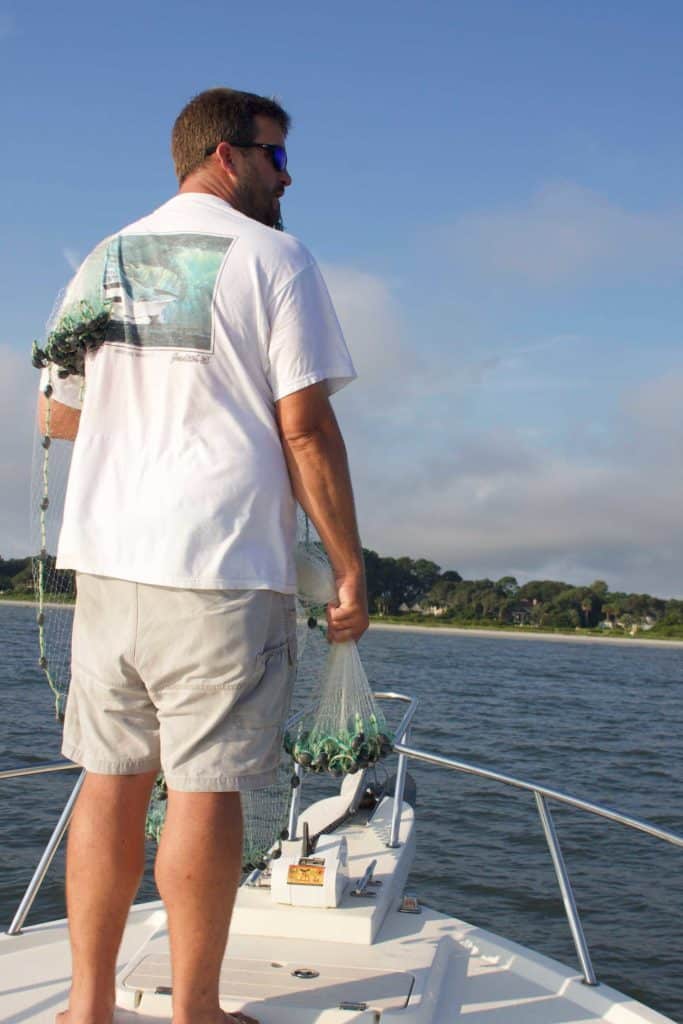
Cast nets come in various sizes and lengths, depending on the stretched opening of the mesh, the overall diameter and the weight. Nets with small mesh sizes, such as ¼-inch and 4-foot diameter, are used for small baits like shrimp and mud minnows in shallow water, whereas a 12-foot net with 5/8-inch mesh and more lead per foot sinks quicker to catch fast baits like pilchards, sardines or ballyhoo. Cast nets vary in price, from $30 on up to $300 for custom nets, but the added costs are worth it for premium components that last years if the net is properly maintained.
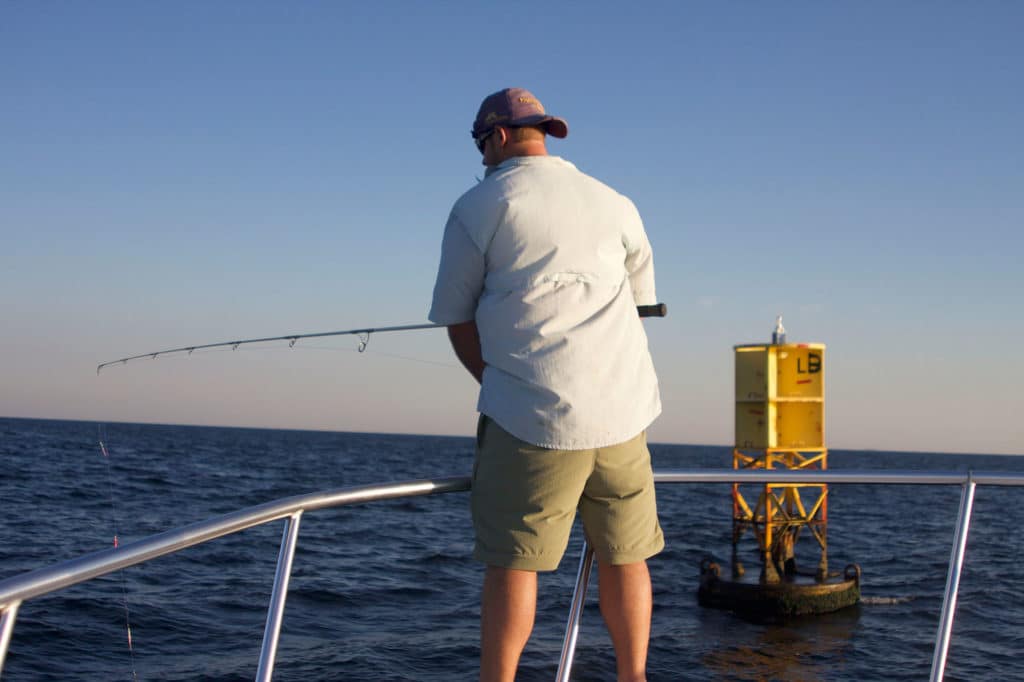
Sabiki rigs are pre-tied light monofilament leaders with multiple tiny hooks adorned with a combination of fish skins, flash and beads that prompt baitfish into striking; a sinker attaches to the bottom of the rig to hold it down in the water column. Sabiki rigs are available in multiple hook sizes with white, pink and chartreuse the most popular color choices.
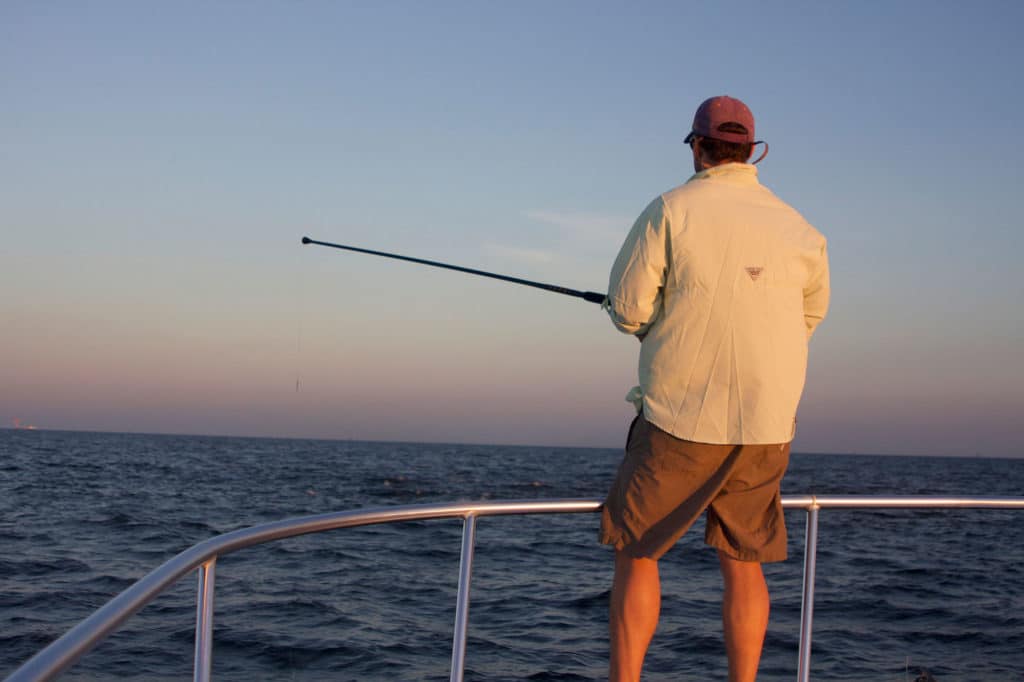
Sabikis are cast into bait schools on the surface or jigged around bait-holding structure. Several fish can be caught on a single drop, so it doesn’t take long to fill a live well. If you mark bait but can’t get bites, scale down the hook size or switch colors. Baitfish can also be caught using light outfits spooled with light line to feel subtle bites. Small flashy spoons, metal and feather jigs are all effective for catching favored baits like small jacks, bluefish, hardtails and bonito.
Finfish traps are passive, yet highly effective bait collectors. Sold commercially, these vinyl-covered wire mesh contraptions have narrow openings that allow the bait to swim inside. Once there, they can’t figure how to get back out. They work well for pinfish, grunts and blue crabs. Some trappers swear the red vinyl is more effective offshore than black.
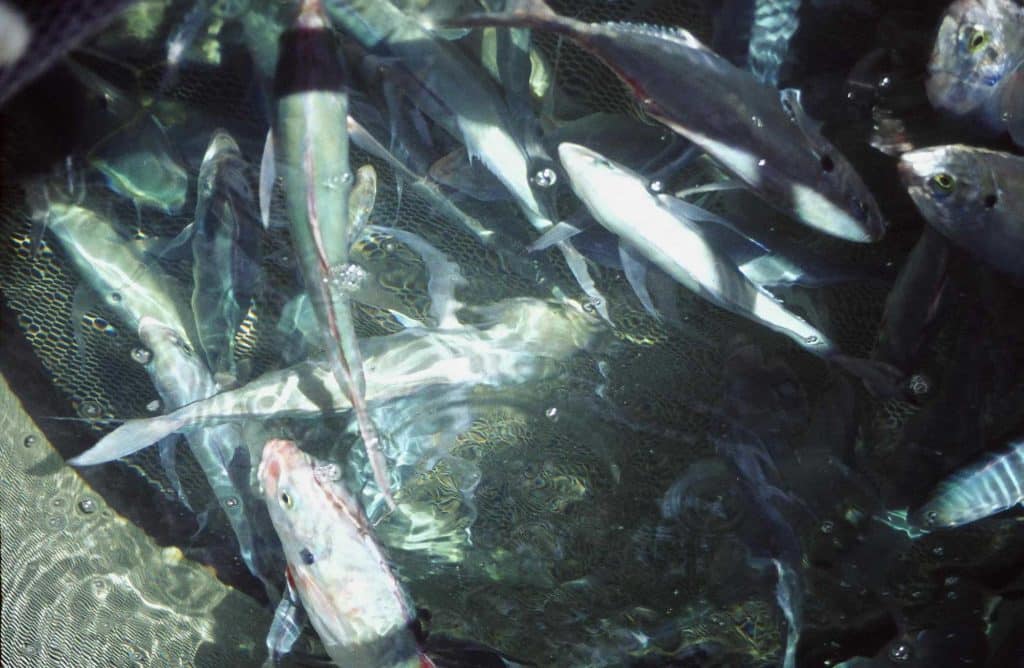
Rig traps with a buoy line and some ballast (old window sash weights or bricks work well) and add fish carcasses, punctured cans of cat food or frozen chum and soak overnight. Check the traps on your way to the fishing grounds the next morning. To keep bait thieves from robbing the trap, use a clear 1-liter soda bottle for a buoy and mark the location on your GPS.
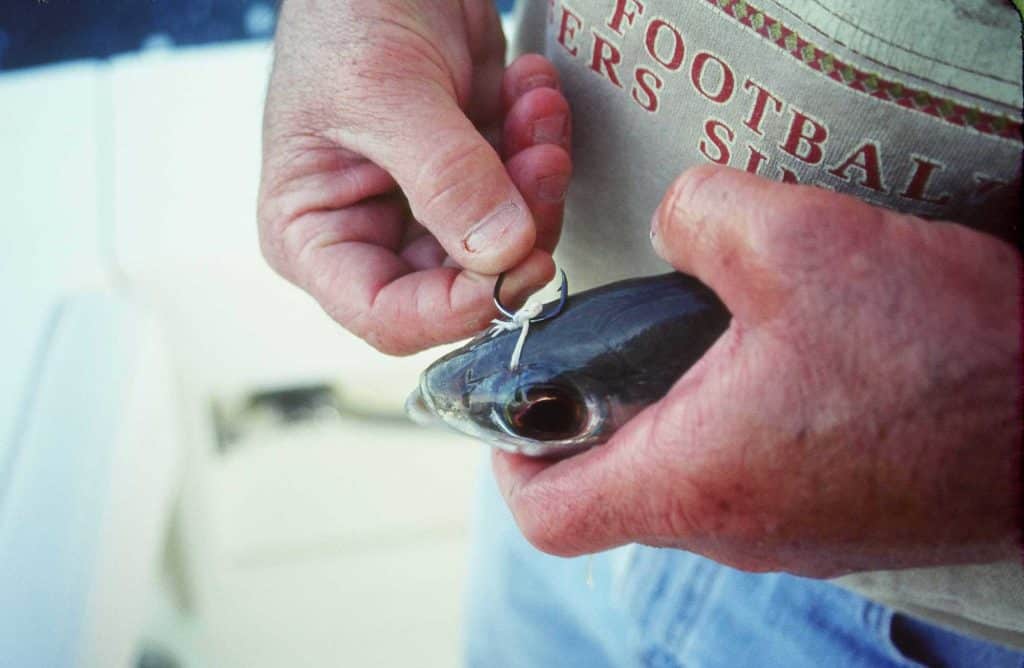
Catching your own live bait has several benefits. Not only will it save money, but fresh bait is healthier and active, which translates into more strikes and ultimately more fish. Having fun in the process is an added bonus.









